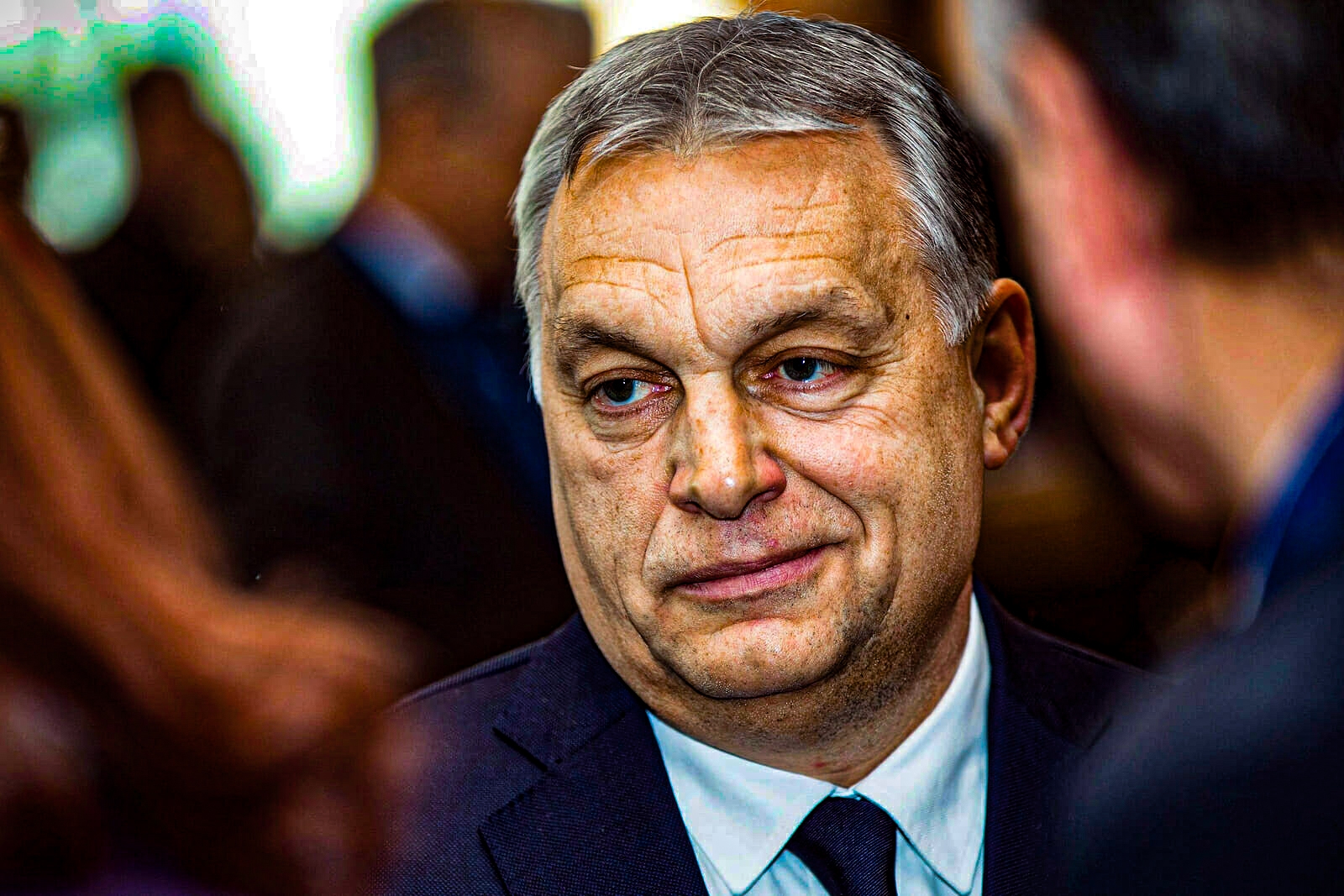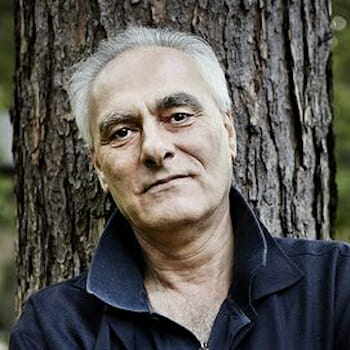
Viktor Orbán’s Eyes May be Bigger than His Stomach
When Prime Minister Viktor Orbán recently spelled out his vision of Hungary’s frontiers, he joined a club of expansionist leaders such as Russia’s Vladimir Putin, China’s Xi Jinping, and members of the Indian power elite who define their countries’ borders in civilisational rather than national terms.
Speaking on Romanian territory in the predominantly ethnic Hungarian town of Băile Tușnad in Transylvania, a onetime Austro-Hungarian possession home to a Hungarian minority, Orbán echoed the worldviews of Xi and Putin.
Those views are on display in the South China Sea and Ukraine, as well as in statements by the Russian leader about other former Soviet republics.
It’s a worldview also embraced by members of India’s Hindu nationalist elite that endorses a country’s right to expand its internationally recognized borders to lands inhabited by their ethnic kin or territories and waters that historically were theirs.
Unlike the Russian and Chinese leaders, Indian Prime Minister Narendra Modi has been careful to avoid public support for the civilisationalist concept of Akhand Bharat embraced by his ideological alma mater.
The concept envisions an India that stretches from Afghanistan to Myanmar and encompasses Bangladesh, Nepal, Bhutan, Sri Lanka, the Maldives, and nuclear-armed Pakistan.
Modi’s silence hasn’t prevented Mohan Bhagwat, the head of the powerful ultra-Hindu nationalist Rashtriya Swayamsevak Sang (RSS), from recently predicting that Akhand Bharat would become a reality within 15 years.
Modi has been a member of the RSS since the late 1960s. However, he is believed to have last referred to the Akhand Bharat concept in an interview in 2012 when, as Chief Minister of Gujarat, he suggested that “Hindustan, Pakistan, and Bangladesh should rejoin.”
However, in contrast to his more recent silence, Modi has approached Indian Muslims in much the same way that Orbán envisions a racially and religiously pure Hungary.
The Hungarian prime minister sparked outrage in his July speech when he rejected a “mixed-race world” defined as a world “in which European peoples are mixed together with those arriving from outside Europe.”
Orbán asserted that mixed-race countries “are no longer nations: They are nothing more than conglomerations of peoples” and are no longer part of what he sees as “the Western world.” Orbán stopped short of identifying those countries, but the United States and Australia would fit the bill.
Romanians may be more concerned about Orbán’s racial remarks than his territorial ambitions, described by one Romanian Orbán watcher as a “little man having pipe dreams.”
Romanians may be right. Orbán’s ability to militarily assert his claims is far more restricted than those of his Russian and Chinese counterparts. Nevertheless, one underestimates at one’s peril.
Orbán shares Putin and Xi’s resentment of perceived historical wrongs that need to be rectified irrespective of international law and the consequences of a world whose guardrails are dictated by might rather than the rule of law.
His speech seems to promise to reverse what he sees as an unjust diktat. His revanchism may explain why Russia’s alteration in Ukraine of national boundaries by force doesn’t trouble him.
Orbán left no doubt that his definition of the Hungarian motherland included Transylvania and other regions in the Carpathian Basin beyond Hungary’s borders that ethnic Hungarians populate.
Insisting that the world owed Hungary, which eventually would call in its debt, Orbán asserted that his country was driven by the notion “that more has been taken from us than given to us, that we have submitted invoices that are still unpaid… This is our strongest ambition.”
Orbán implicitly suggested a revision or cancellation of the 1920 Treaty of Trianon, which deprived Hungary of much of its pre-World War I territory.
Two months earlier, Hungarian President Katalin Novák ruffled diplomatic feathers when she posted a picture of herself climbing a mountain peak in Romania’s Alba County, standing by a disputed milestone painted in Hungarian colours.
At the time, Novák advised Romanian Foreign Minister Bogdan Aurescu that it was her duty to represent “all Hungarians, regardless of whether they live inside or outside the borders” – a claim Romania rejects.
Orbán’s grievance and racially driven nationalism may be one reason the Hungarian leader has been Europe’s odd man out in refusing to sanction Russia for its invasion of Ukraine.
In a break with European Union policy, Péter Szijjártó, Hungary’s foreign minister, met his Russian counterpart Sergei Lavrov in Moscow on the eve of Orbán’s speech to request additional gas supplies.
In contrast to the EU, which wants to remove Russia as a supplier of its energy, Orbán insisted that “we do not want to stop getting energy from Russia, we simply want to stop getting it exclusively from Russia.”
Orbán’s speech is unlikely to ease the task of Tibor Navracsics, Hungary’s regional development minister and a former EU commissioner. Navracsics arrived in Brussels this week to persuade the EU to release €15 billion in COVID recovery funds amid an unprecedented disciplinary process that could lead to the suspension of EU funding because of Hungarian violations of the rule of law.
So far, Orbán’s support of Russia has isolated him in Europe with the de facto demise of the Visegrad 4 or V4 in its current form in the wake of the invasion of Ukraine and the threat of an economic recession.
Grouping the Czech Republic, Hungary, Poland, and Slovakia, the Visegrad 4 were united in their opposition to EU migration and rejection of what the Hungarian leader termed Europe’s “internal empire-building attempts,” a reference to the European Commission’s efforts to stop moves that hollow out Central European democracy.
Leaving Orbán isolated, Slovakian Prime Minister Eduard Heger has pledged to use his current six-month presidency of the European Council to return the Visegrad 4 to the roots of its founding in 1991 as the four countries emerged from communism: respect for democracy and a commitment to European integration.
If successful, Heger’s V4 will likely be a V3 with Hungary on the outs.
Mateusz Gniazdowski, an analyst at the Warsaw-based Centre for Eastern Studies, suggested: “Attempts to ideologically use the V4 brand harm mutual trust and don’t contribute to building a strong Central Europe in the EU.”
